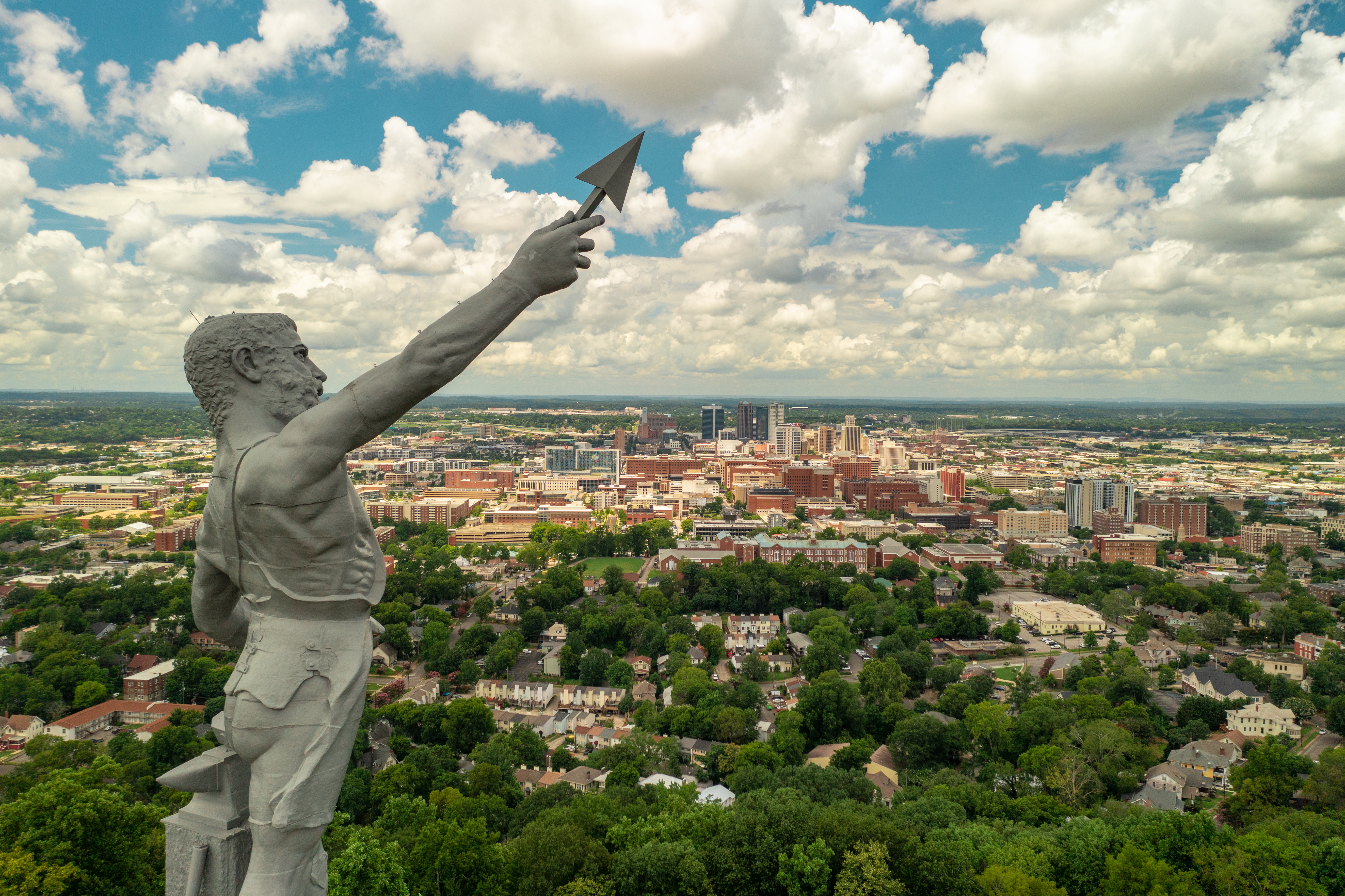
Preservation that pays: How historic tax credits can power a downtown revival ?
For preservation advocates (or “building huggers,” as we like to call ourselves), historic tax credits are essential. They don’t just help save historic buildings — they support local economies, encourage private investment and breathe new life into spaces that shape the identity of our communities.
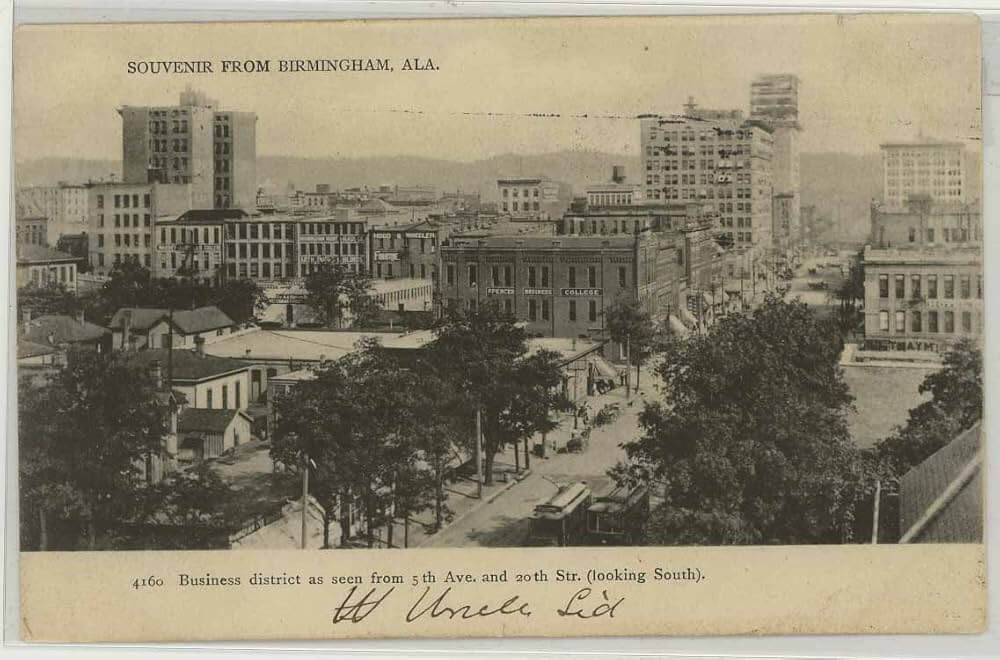
Listing history, building legacy: The National Register’s role in downtown’s historic districts?
Think of the National Register of Historic Places as the nation’s scrapbook — a thoughtfully curated list of the buildings, districts and landmarks that tell the story of who we are and where we’ve been. Established by the National Historic Preservation Act of 1966 and managed by the National Park Service, the Register helps communities across the country (and right here in Birmingham) identify, celebrate and care for the places that make their history tangible.
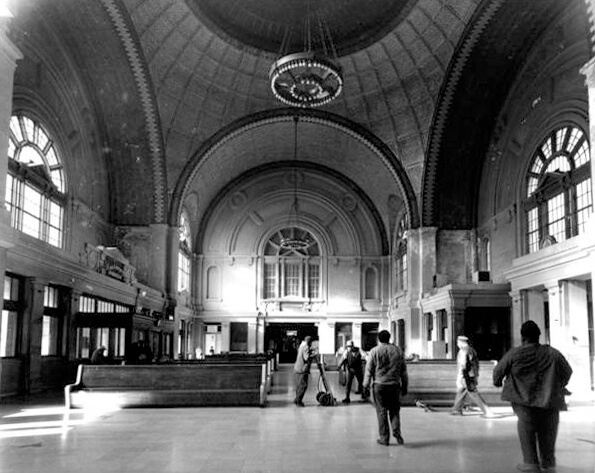
A cautionary tale: Birmingham’s historic losses?
In case you haven’t heard, May is National Historic Preservation Month, as so celebrated for years by the National Trust for Historic Preservation and the National Park Service. Here in Birmingham, a city rich in history and culture, this month-long celebration is not only a reminder to take stock of the historic treasures and charm we currently possess, but a time to mourn those we no longer have.
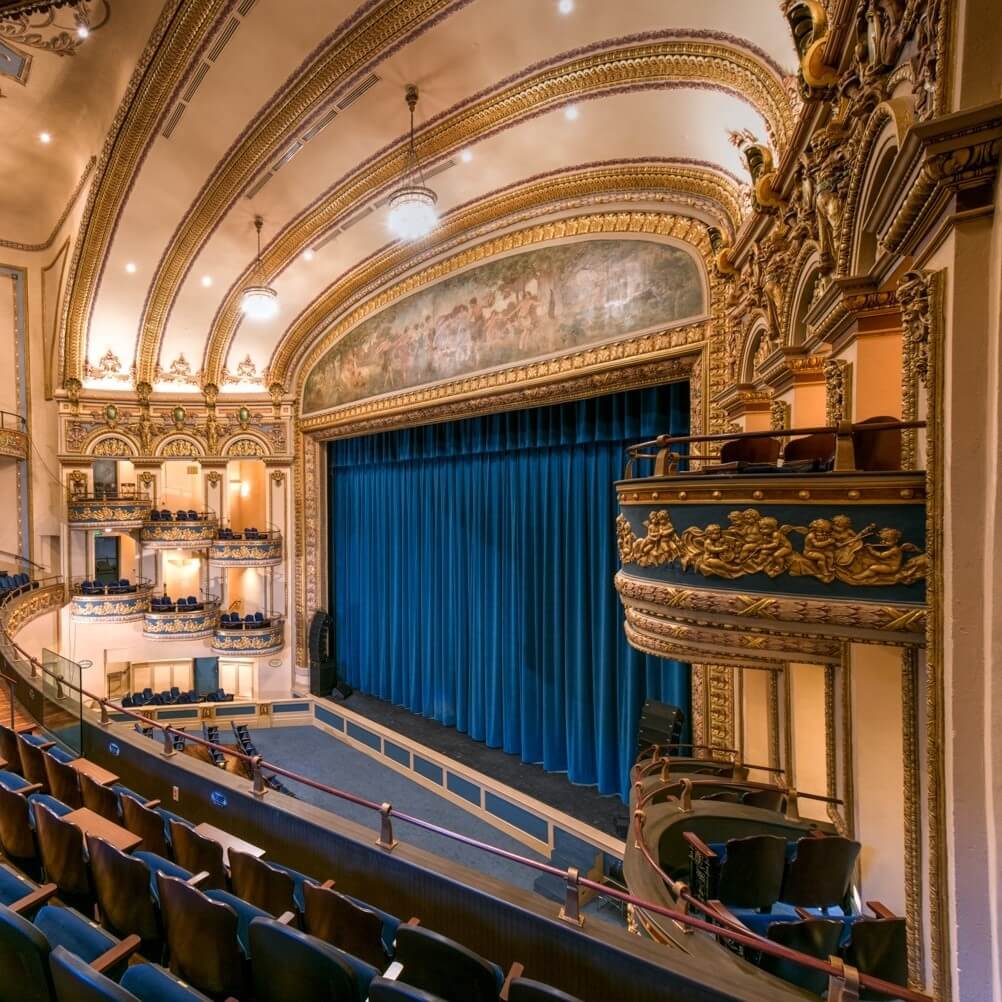
10 powerful examples of historic preservation in action?
It’s easy to take for granted the historic gems we have here in Birmingham. Many beautiful, story-filled buildings dot the map of our city, their silhouettes adorning our skylines and their façades serving as the vibrant background to our everyday lives downtown. Although this is far from a comprehensive list, we invite you to keep reading and learn more about ten powerful examples of historic preservation already in action in the Magic City.
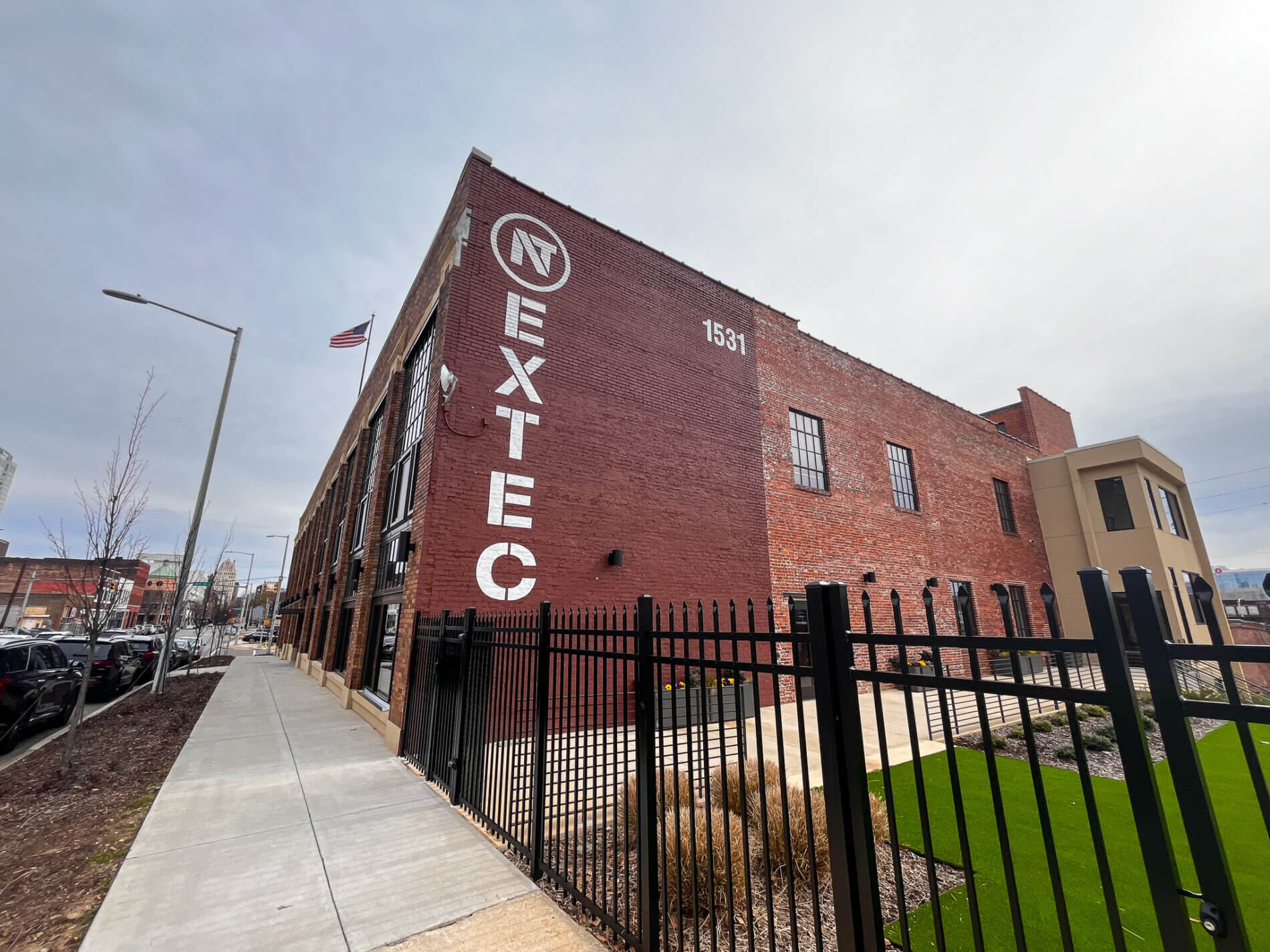
Introducing the six businesses that call Nextec home?
On the corner of 3rd Avenue and 16th Street North, you’ll find Nextec, a redevelopment of the 90-year-old, 65,000-square-foot Edwards Motor Company building (also formerly known as the Sticks ‘N’ Stuff building). With experience in historic renovation, developer Michael Mouron, chairman of Capstone Real Estate Investments, began this civic project in 2021 as a space for business startups to continue their work in the Magic City.
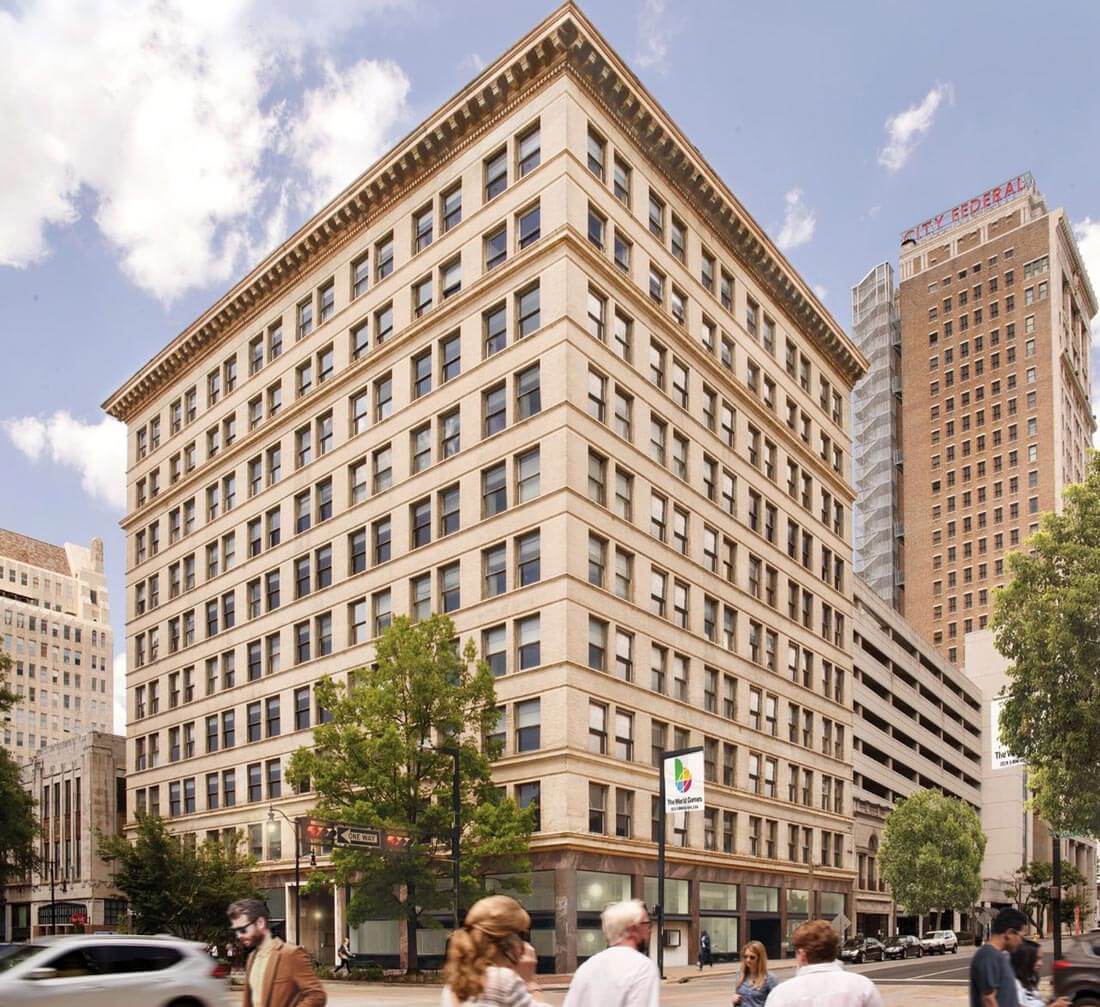
The Frank’s new look and its impact on the city center?
Downtown Birmingham keeps growing, and so does the demand for more residential apartments. The Frank Nelson building on 20th Street North has recently been converted into an apartment complex. Commons and Orchestra Partners teamed up to redevelop the property back in 2018.
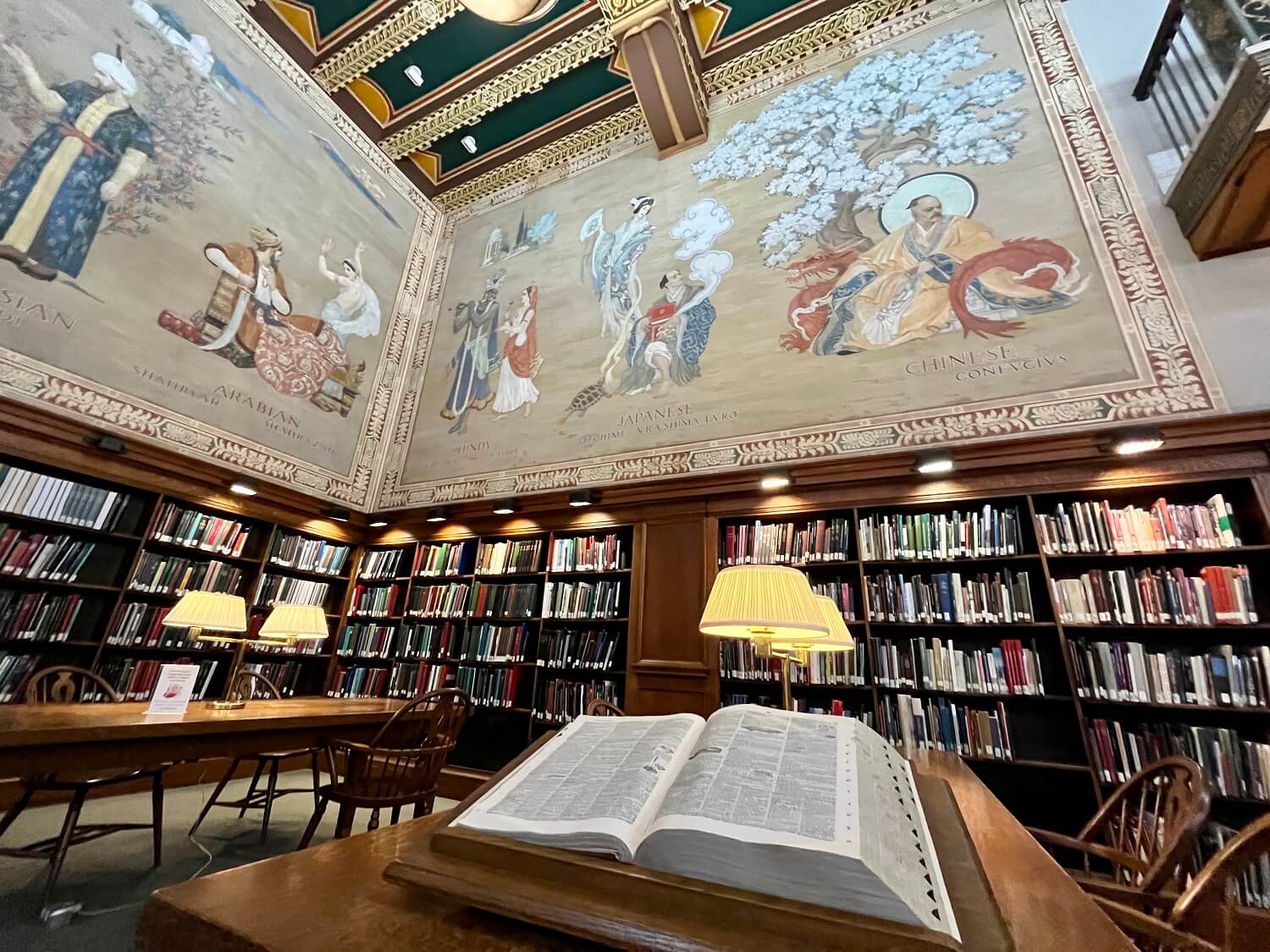
The Linn Henley Research Library is the best-kept secret in Birmingham!?
Why should you CHECK OUT the Linn Henley Research Library? From its neoclassical look on the outside to the intricate murals in the reading room, the Linn Henley Research Library is a great place to spend your quiet time or deep dive into some research. Find out more information about the artist who painted the murals, history, and even where to find parking here!
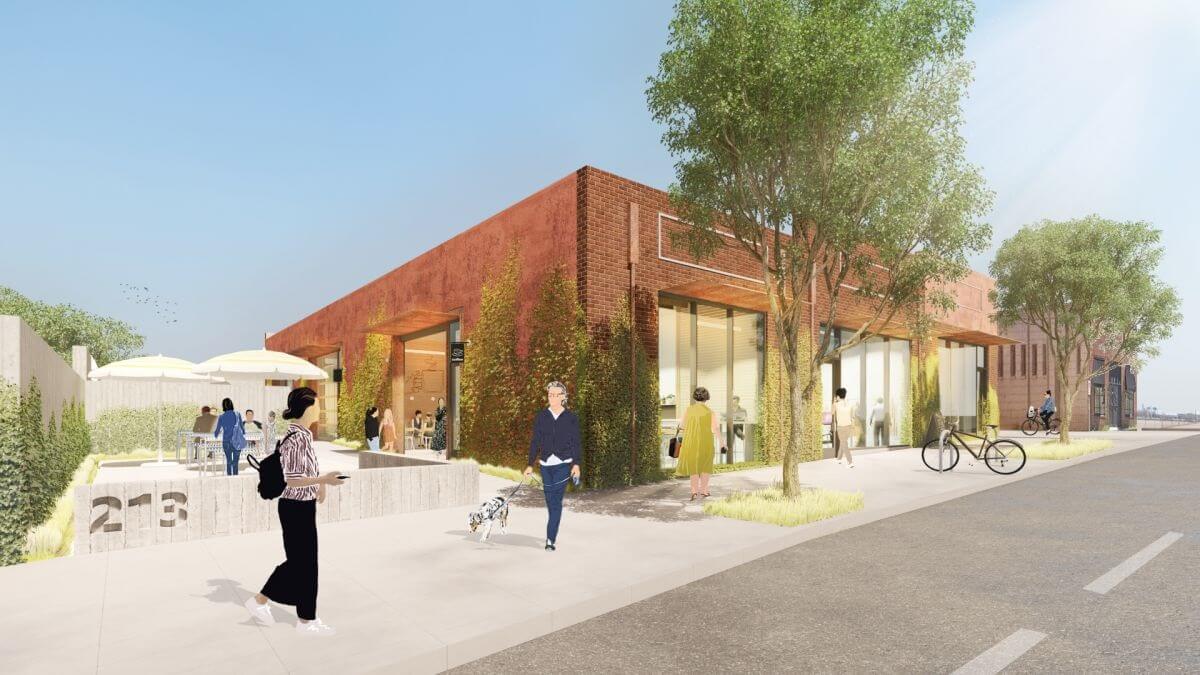
Small building, big impact: How a thoughtful development is revitalizing 25th Street North?
In the heart of downtown Birmingham, a modest new development on 25th Street is proving that small-scale design can have a powerful impact.
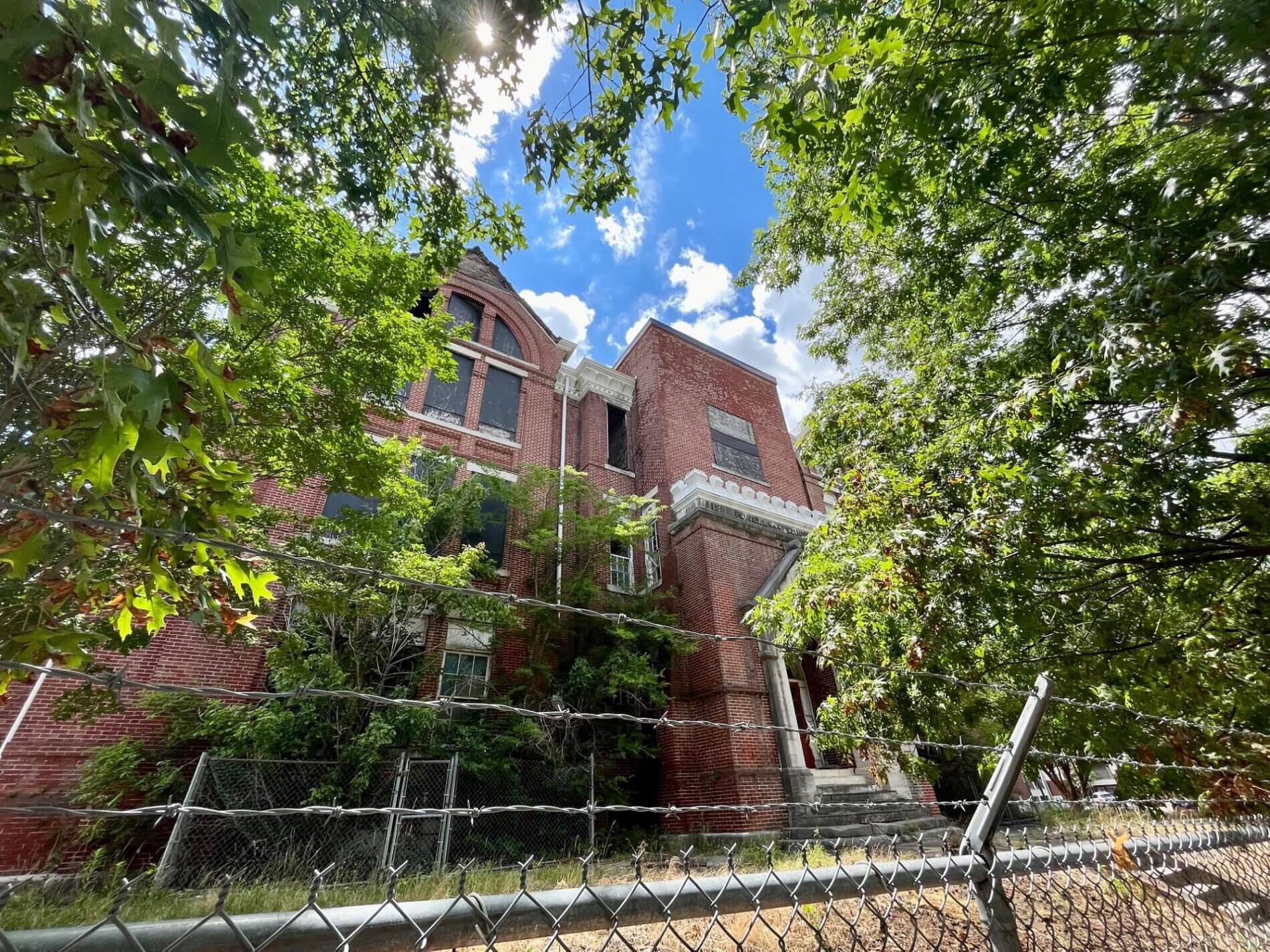
Cheers to A.G. Gaston Motel Restoration! Let’s keep historic preservation rolling in Birmingham?
Birmingham is celebrating the restoration of the A.G. Gaston Motel, a historic landmark in the Civil Rights District. The building’s restoration has been a long time coming, and it’s a gift for Birmingham to have the preserved motel be a place where people can visit and learn. Congratulations to all the people from the City of Birmingham, the federal government and the community who labored to restore this treasure for many more generations to experience and enjoy. So, what building should we work on preserving next, Birmingham? Keep reading to see what REV President & CEO, David Fleming, has to say about the matter!
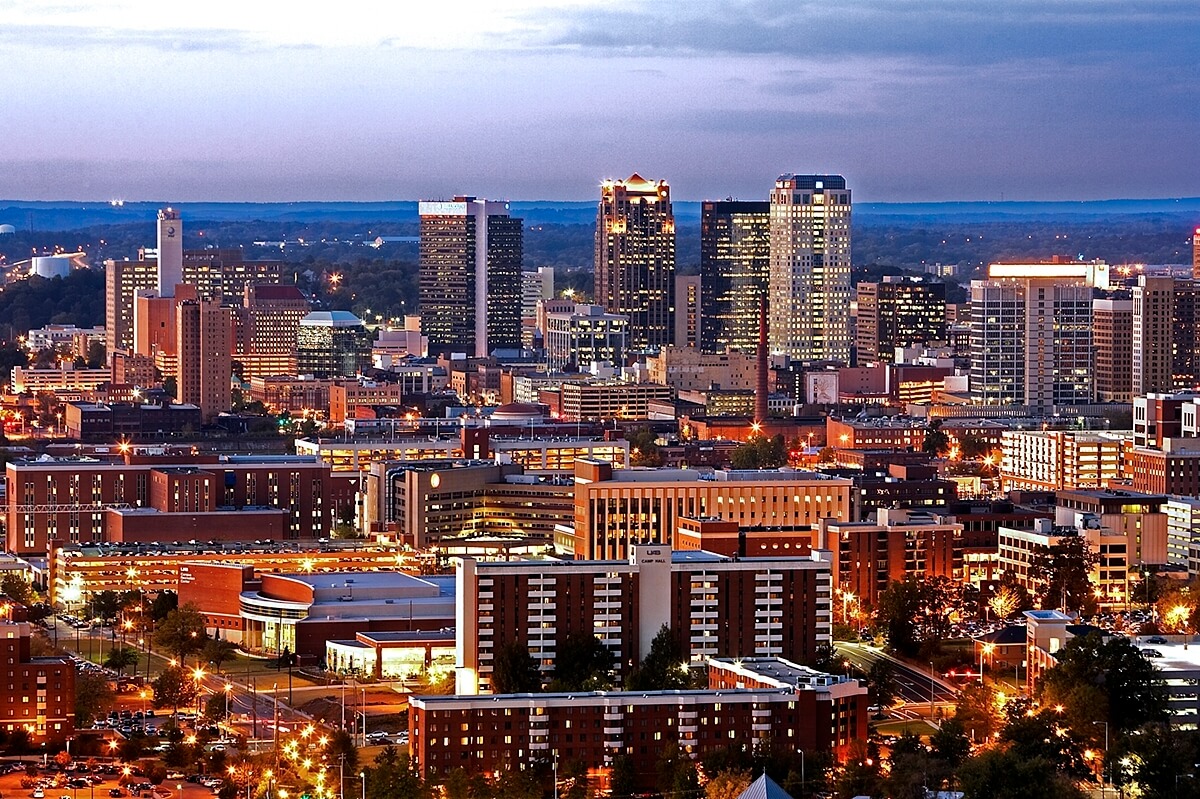
The vanishing authenticity of Birmingham?
Much of the “Birmingham character” that we appreciate and promote today is thanks to the many beautiful historic buildings and homes that still stand. Our concentration of historic structures is unique, and it’s an asset for our entire region’s economic development and growth, as that authenticity attracts people seeking sense of place and quality of life. But how do we ensure that the authenticity doesn’t begin to vanish as we continue to revive these historic structures?